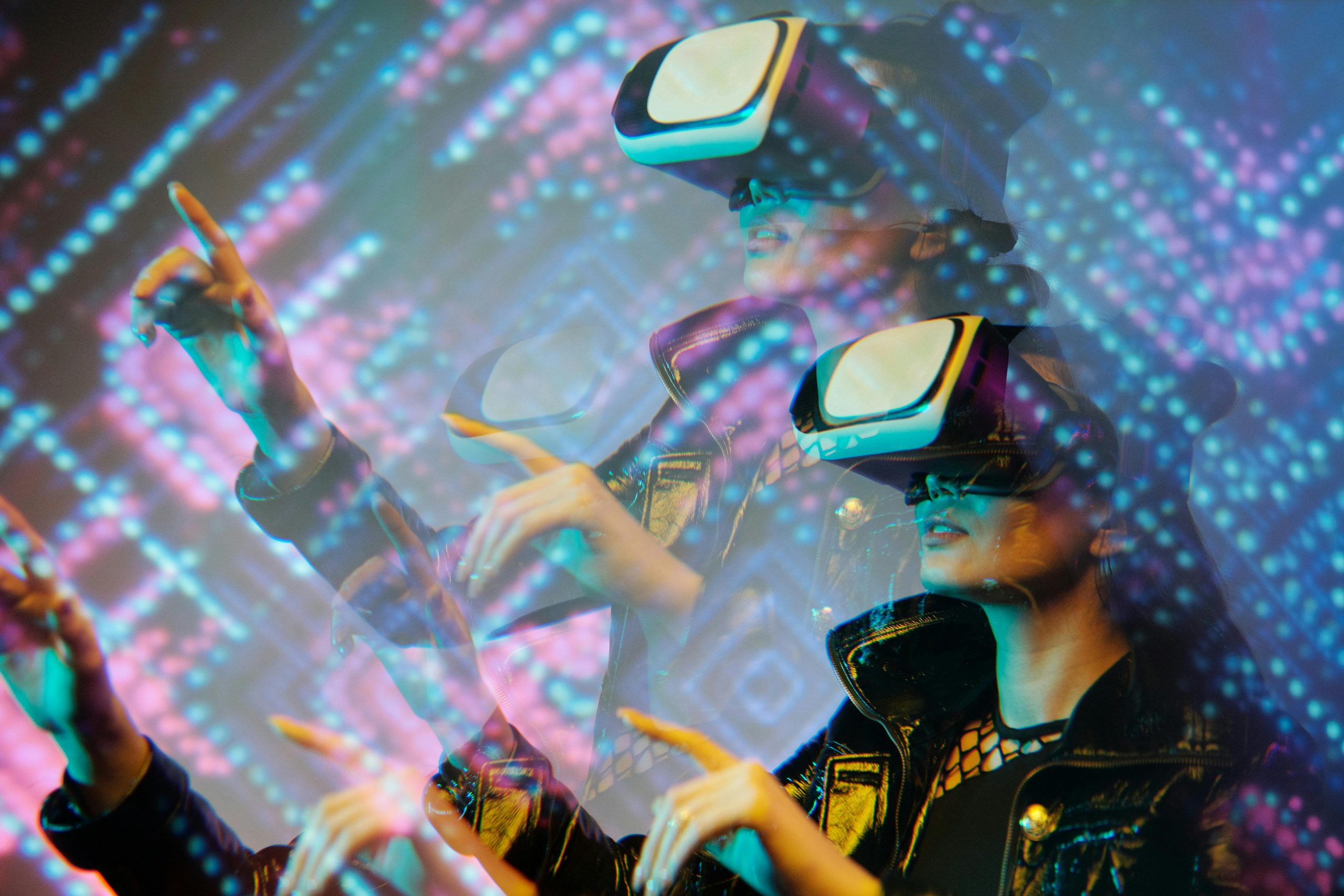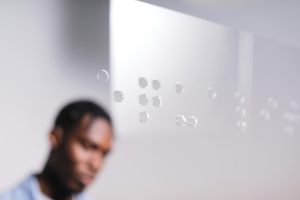Digital Twins: Simulating Classrooms with AR/VR
Welcome to the future of education – where virtual and augmented realities collide with traditional classrooms to create a truly immersive learning experience. With the advent of digital twin technology, classrooms can now be simulated using AR/VR, providing students with a truly interactive and engaging learning environment. In this article, we will explore the concept of digital twins and how they are revolutionizing the education industry by simulating classrooms in AR/VR. Let’s dive in!
What are Digital Twins?
Digital twins are virtual representations of real-world objects, systems, and processes. In simpler terms, it is the digital counterpart of a physical entity. This technology uses sensors, data, and advanced analytics to create a real-time virtual replica of an object or system. Digital twins provide an in-depth understanding of how different components interact and behave, allowing for real-time data analysis and predictions.
The Role of Digital Twins in AR/VR Simulation
Digital twins have been predominantly used in the manufacturing and healthcare industries, but their application in education is still a novel concept. With the rise of AR/VR technology, digital twins are now being used to simulate and enhance classroom learning. By creating virtual replicas of classrooms, digital twins provide an immersive and interactive learning experience that traditional teaching methods cannot match.
Enhancing Student Engagement
One of the biggest challenges in traditional classrooms is keeping students engaged and focused. With digital twins, students are no longer confined to static textbooks and lectures. They can explore the virtual classroom and interact with objects and scenarios in real-time, making learning more interactive and engaging.
Personalized Learning
Each student has their unique learning style and pace. With digital twins, teachers can customize the virtual classroom to cater to the individual needs of students. This personalized learning approach allows students to learn at their own pace and in a way that is most effective for them.
Real-time Experiments and Simulations
Digital twins allow for real-time experiments and simulations, providing students with a hands-on learning experience. For example, in a biology class, students can virtually dissect a frog, without any ethical concerns or limitations regarding the use of real animals. This not only enhances the learning experience but also saves time and resources for both teachers and students.
The Benefits of AR/VR-Simulated Classrooms
The combination of digital twins and AR/VR technology offers numerous benefits for classroom learning. Some of the notable advantages include:
Improved Learning Outcomes
Studies have shown that students who learn through AR/VR-simulated classrooms have a better understanding and retention of the material. This is because the interactive experience activates multiple senses, making the learning process more memorable and effective.
Cost and Time-Efficient
AR/VR simulation using digital twins reduces the need for physical materials and resources, saving schools and teachers time and money. It also allows for faster and more efficient learning, as students can access and repeat experiments and simulations multiple times without requiring physical set-up.
Equal Opportunities for All
With AR/VR-simulated classrooms, students regardless of their location or socio-economic background can have access to the same quality of education. This technology can help bridge the education gap, providing equal opportunities for all students.
The Future of Education with Digital Twins and AR/VR
The integration of digital twin technology with AR/VR holds immense potential for the future of education. Learning will become more interactive, immersive, and personalized, catering to the diverse learning needs of students. Traditional teaching methods will be enhanced with the use of virtual environments, providing students with a dynamic and engaging learning experience.
In conclusion, digital twins and AR/VR are transforming the education industry by simulating classrooms and creating an environment where students can learn in a more engaging and interactive manner. As this technology continues to advance, we can expect to see a significant shift in the way we approach education. The future holds endless possibilities, and digital twins are paving the way for a more efficient, effective, and exciting way of learning.







